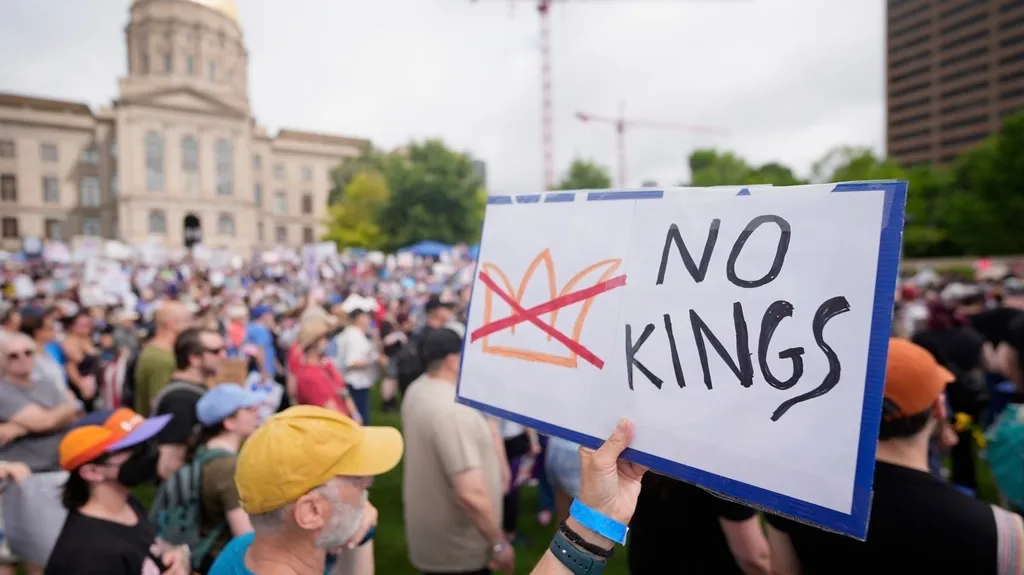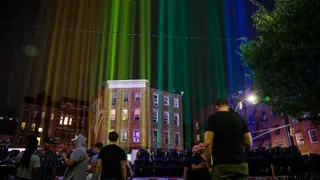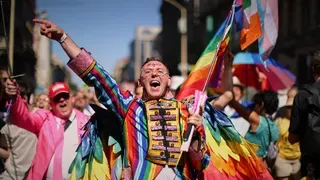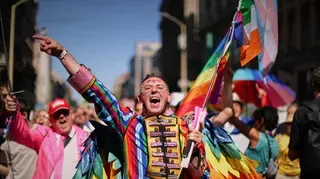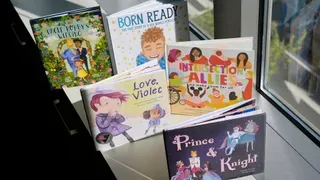December 13, 2015
HIV Diagnoses Rates Rise in Latinos
John McDonald READ TIME: 2 MIN.
HIV diagnoses in gay and bisexual Latino men continue to rise according to new data released by the Centers for Disease Control.
During 2005 to 2014, HIV diagnoses rose 24 percent in gay and bisexual Latino men, the largest increase of any measured population. The CDC, a federal agency operating under the U.S. Department of Health and Human Services, released new data at the opening of the National HIV Prevention Conference being held this week in Atlanta.
Overall, HIV diagnoses dropped by 19 percent in the decade studied (2005-2014). The CDC reports declining HIV diagnoses in heterosexuals, people who inject drugs and African Americans. Gay and bisexual white men saw an 18 percent decrease in HIV diagnoses, according to CDC data.
Black women saw the biggest drop during the decade with a 42 percent decline in reported cases. The epidemic appears to be leveling off with young gay and bisexual black men (ages 13-24) with a two percent drop in new infections during the last four years, the government reports.
"Although we are encouraged by the recent slowing of the epidemic among black gay and bisexual men - especially young men - they continue to face a disproportionately high HIV burden and we must address it," said Jonathan Mermin, M.D., director of CDC's National Center for HIV/AIDS, Viral Hepatitis, STD, and TB Prevention, in a news release."Much more must be done to reduce new infections and to reverse the increases among Latino men. There is hope that the National HIV/AIDS Strategy and other efforts are beginning to pay off, but we can't rest until we see equal gains for all races and risk groups."
Diagnoses increased among Latino gay and bisexual men - both over the decade (by 24 percent from 5,492 to 6,829) and in more recent years (by 13 percent from 6,060 to 6,829).
